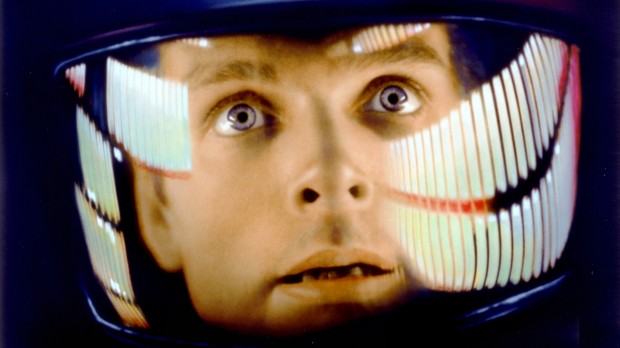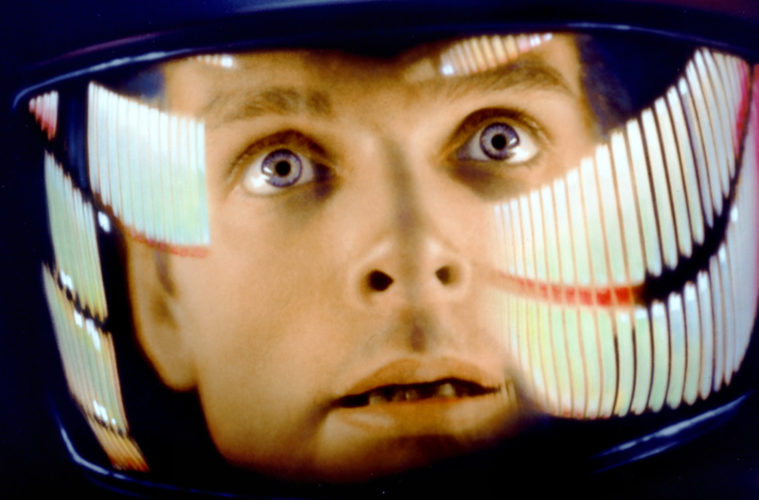
Dailies is a round-up of essential film writing, news bits, and other highlights from across the Internet. If you’d like to submit a piece for consideration, get in touch with us in the comments below or on Twitter at @TheFilmStage.
On his official site, Steven Soderbergh has posted his re-edited version of Stanley Kubrick‘s 2001: A Space Odyssey:
…let me also say i believe SK would have embraced the current crop of digital cameras, because from a visual standpoint, he was obsessed with two things: absolute fidelity to reality-based light sources, and image stabilization. regarding the former, the increased sensitivity without resolution loss allows us to really capture the world as it is, and regarding the latter, post-2001 SK generally shot matte perf film (normally reserved for effects shots, because of its added steadiness) all day, every day, something which digital capture makes moot. pile on things like never being distracted by weaving, splices, dirt, scratches, bad lab matches during changeovers, changeovers themselves, bad framing and focus exacerbated by projector vibration, and you can see why i think he might dig digital.
Studio Ghibli’s final film (for now) When Marnie Was There will be released this spring by GKIDS in the United States. See the trailer here.
After one video essay on the symmetry found in Wes Anderson‘s films, watch a more specific one regarding his editing:
At Fandor, Chuck Bowen on the great faces of American darkness, Joaquin Phoenix and Benicio del Toro:
One of Inherent Vice’s most satisfying scenes is one of its simplest and most quietly absurd. The ever-wayward P.I. Doc Sportello (Joaquin Phoenix) and his attorney-in-spirit, if not quite in practicality, Sauncho Smilax, Esq. (Benicio del Toro), are sitting at a police desk opposite of its owner, Det. “Bigfoot” Bjornsen (Josh Brolin). And that, apart from the fabulously loopy dialogue that suggests hard-boiled banter run through the cumulative filters of Preston Sturges and Dr. Seuss, is the extent of the set-up. It’s the two-shot of Phoenix and del Toro at their simultaneously most self-amused and bedraggled that sells the scene. It feels right. So right, in fact, that you search your mind to recall the last film that paired the stars, only to surprise yourself by coming up empty.
In a related post, Evan Kindley reviews Inherent Vice:
The new movie by Paul Thomas Anderson is out, in most major U.S. cities anyway. It’s an adaptation of Thomas Pynchon’s 2009 novel Inherent Vice, and you should see it, unless you hate all of Anderson’s movies (some people do) or Pynchon’s books (ditto), because in various ways it represents tendencies that have long been latent in each of their work, and in American literature, film, and culture more generally. I’ve seen the film twice, and found it intensely pleasurable, but I will try to show how the nature of the pleasure it offers might not be available to everyone, and how that might be a problem. Even on its own terms, it’s not a perfect movie — it might be the most flawed film Anderson has made, though I’d give the edge to Punch Drunk Love — but, like all of his movies, it is touched with enough greatness to justify the price of admission and bear careful scrutiny. Scrutiny (and spoilers) follow.
A new video essay from Mubi explores if Béla Tarr made Roman Polanski‘s Repulsion:

